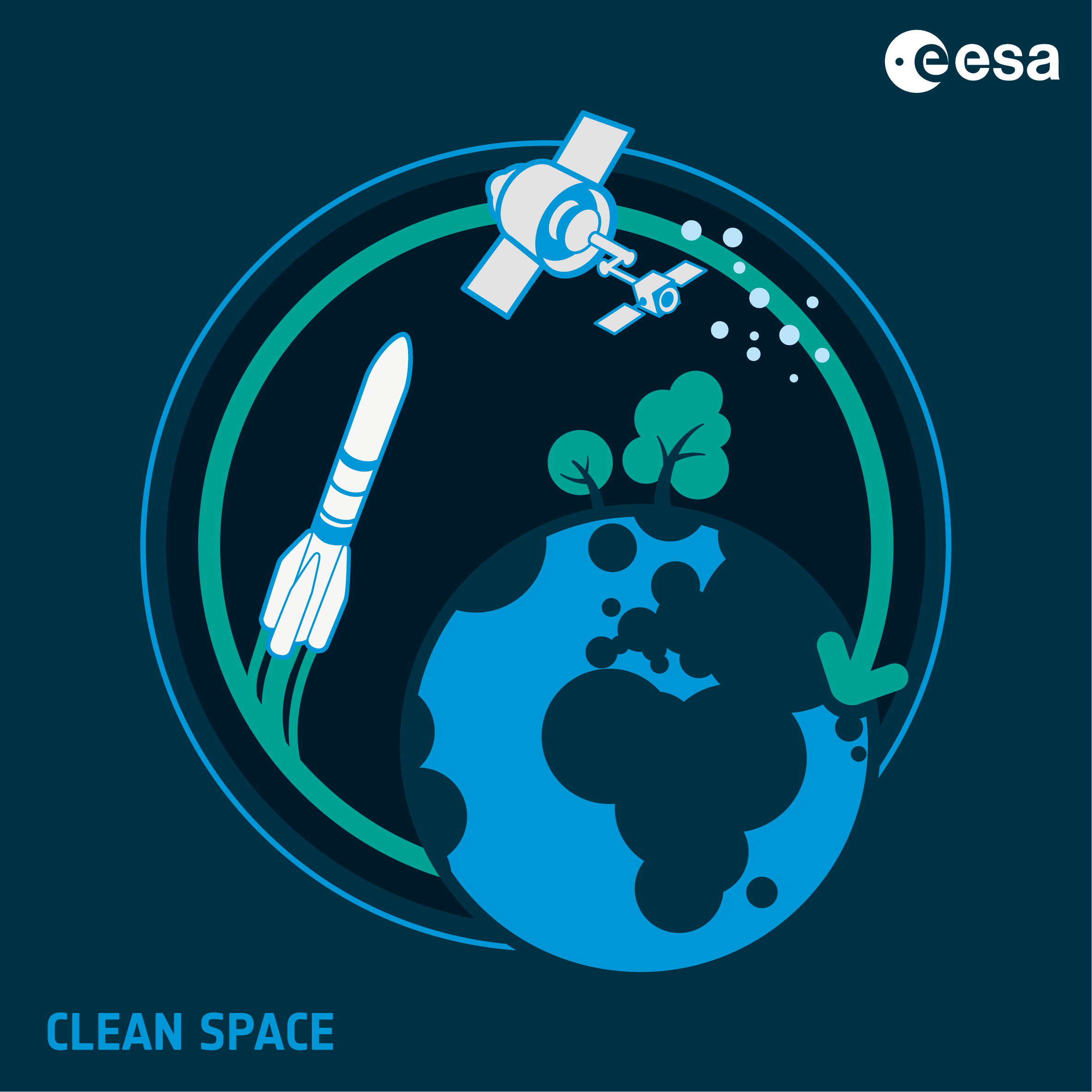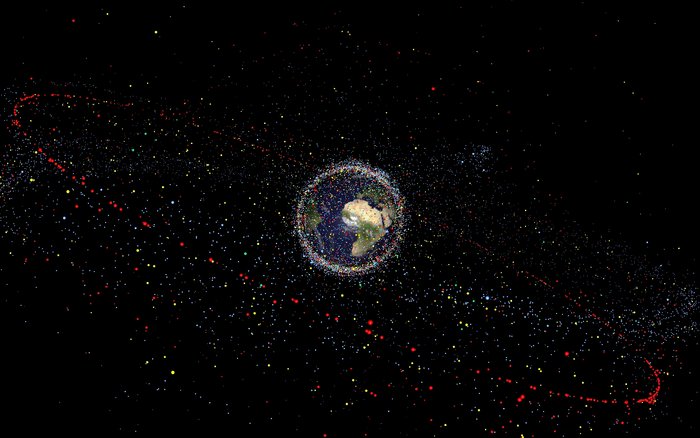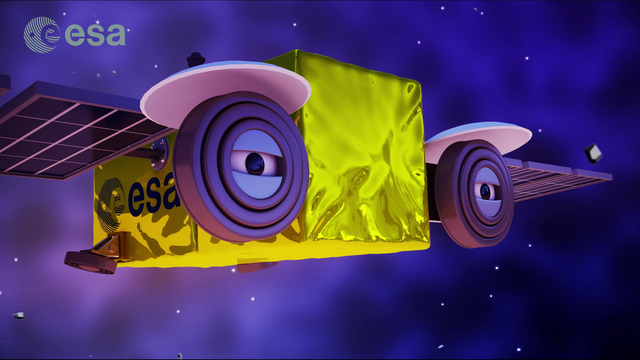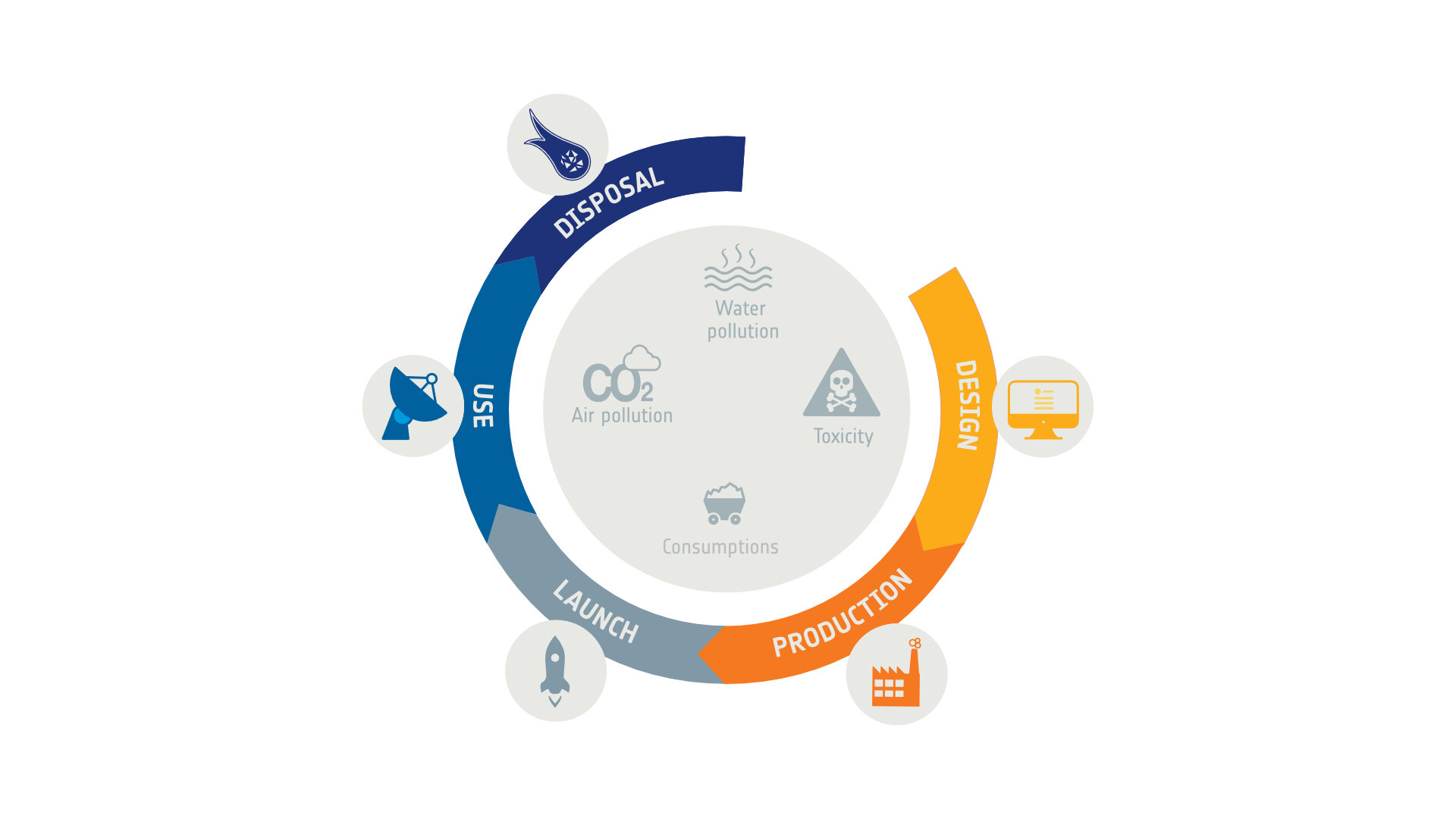As the space industry experiences rapid expansion, there is a growing concern about space debris and its detrimental effects. The accumulation of orbital debris poses significant risks to satellites, manned missions, and the overall sustainability of our space environment. Embracing a zero debris approach is not merely an idealistic concept but an absolute necessity for the future of the space industry.
The European Space Agency, propelled by its Clean Space initiative, has taken the lead by introducing the Zero Debris approach, with the aim of eliminating the production of debris in valuable orbits by 2030.
This approach encompasses several key measures, including evolving policies on Space Debris Mitigation, upgrading spacecraft platforms, demonstrating reliable removal services, and improving space operations and traffic coordination. By implementing these measures, ESA strives to ensure a sustainable future and safeguard critical satellite services.
Zero Debris is a key element of ESA’s Agenda 2025 and the ESA PROTECT accelerator, which strive to foster the European leadership in zero-debris space activities, thereby promoting the long-term international competitiveness of the European space industry.
The Need for a Zero Debris Approach
Currently, there are approximately 128 million debris objects larger than 1 millimeter orbiting the Earth. Out of these, approximately 34,000 are larger than 10 centimeters, and even small fragments can cause severe damage due to their high velocities.
In 2009, a defunct Russian satellite collided with an operational U.S. satellite, resulting in the creation of thousands of additional debris fragments. This incident highlighted the domino effect of collisions and the exponential growth of space debris, further endangering operational satellites and future missions.
Orbital debris poses a threat to both operational satellites and future space missions. Satellites play an essential role in telecommunications, Earth observation, weather forecasting, navigation, and scientific research. By reducing the risk of collisions with debris, we can safeguard these assets and ensure uninterrupted services that are crucial for our daily lives. Therefore, the adoption of a zero debris approach will help protect our space environment and prevent the onset of a cascading debris effect.
Reaching Zero Debris by 2030: Eight Recommendations
In 2022, a study conducted by ESA’s Concurrent Design Facility proposed a set of technical recommendations to completely stop the generation of debris in valuable orbits by 2030. These recommendations are as follows:
- Guarantee successful disposal: Ensuring the safe disposal of space objects is of utmost importance. Recommendations include verifying that the probability of successful self-disposal remains higher than a certain minimum threshold (currently set at 0.9) and continuously monitoring critical disposal functions. Additionally, it is also recommended to implement interfaces for removal in case the deorbiting would fail despite all the measures taken, to ease removal in case of failure. Indeed components and systems may still encounter failures preventing the object to successfully perform a deorbiting manoeuver. In parallel, reliable and affordable Active Debris Removal (ADR) services need to be demonstrated by 2030.
- Improve orbital clearance: the recommendations propose to reduce the time left in protected regions below 5 years. This alone is insufficient to improve orbital clearance as it could lead to crowded disposal orbits, with increased collision risk. Therefore, it is recommended to deorbit space objects in orbits where the cumulative probability of collision with debris larger than 1cm remains below 1 in 1000 for the remaining decay period until re-entry.
- Avoid in-orbit collisions: Improved collision avoidance strategies are needed due to the increasing number of objects in orbit creating more conjunction risks. This includes developing automated decision criteria, optimizing maneuvers, conducting risk assessments during the lifetime and after end of life, and promoting space traffic coordination and data sharing. Additionally, establishing communication protocols will help reducing service interruption and support space traffic coordination between all relevant players and thus prevent in-orbit collisions.
- Avoid internal break-ups: Strategies such as enhanced health monitoring, and robust passivation techniques should be implemented to prevent internal break-ups caused by system explosions.
- Prevent intentional release of space debris: Recommendations emphasize avoiding the intentional release of any object to prevent further debris growth.
- Improve on-ground casualty risk assessment: Standardized tools and methodologies for assessing on-ground casualty risk, as well as verifying demise assessment, should be developed. Consideration of on-ground casualty risk for all Mission Related Objects (MROs) released by a launcher is also recommended.
- Guarantee Dark and Quiet skies: Measures should be identified and implemented to minimize the impact of space objects on optical and infrared astronomy, as well as radio astronomy, to maintain dark and quiet skies.
- Other valuable orbits: Other orbits such as the GNSS constellations orbits, and lunar orbits should be considered and protected to ensure their long term sustainability. Adapted Zero Debris recommendations should cover protected regions (LEO, GEO) as well as these orbits which are valuable for the use of space.
Implementing the Zero Debris Approach
To consolidate these recommendations and implement ESA’s zero debris approach by 2030, the agency has developed a transversal action plan structured around four main pillars:
- ESA Policy Evolution: ESA has actively addressed space debris mitigation since 2014 through the implementation of an Internal Policy. The agency is currently working on updating its Policy to align with international guidelines and practices for space sustainability. The updated Policy will adopt a step-by-step approach towards achieving Zero Debris by 2030. ESA is also developing new technical standards for Space Debris Mitigation, incorporating short-term Zero Debris recommendations.
- Upgrade Platforms: ESA recognizes the implications of evolving space debris mitigation requirements on mission design, costs, and development time. Efforts are being made to enhance spacecraft platforms by integrating end-of-life technologies effectively and preparing them for zero debris missions. Key technology developments include deorbiting systems, passivation functions, design for demise, and design for removal.
- Removal Services: ESA is actively working on removal services, including technology development, missions, and standards. Embedding interfaces for removal services in Copernicus Expansion missions reduces the risk and cost associated with removing satellites in case of failure. Developing affordable removal services and related technologies is crucial for fail-safe debris disposal solutions.
- Improved Operations: Enhancing capabilities in space surveillance and tracking, space traffic coordination, collision avoidance and close proximity operations is essential for implementing a zero debris approach. ESA engages with relevant stakeholders and conducts workshops to enhance satellite operations in these areas.
Conclusion
The zero debris approach is not just a vision for the future but an imperative for the space industry’s sustainability and growth. By developing and implementing the Zero Debris approach, ESA is leading the way toward a cleaner and safer space environment. ESA aims to set an example and encourages other stakeholders to adopt similar practices. A consultation phase is currently underway to gather and integrate feedback from major stakeholders. Through collaboration, we can achieve a sustainable and safe orbital environment for future generations.
Related content
- ESA will host a Zero Debris Operations workshop, in ESOC, on the 27th and 28th of June 2023. More information here
- The latest edition of the ESA’s annual space environment report was published on 12 June 2023.





Discussion: 2 comments
We are about to begin (launch) a new space company called Space Waste Managment. Any one interesting in joining either physically ,mentally , financally , please reach out .
Thank you
Steve
S.W.M.
Being an aerospace engineer I am very much interested in the topic because with the upcoming mega satellite constellations in the coming it is very important for implementing a proper management system to avoid space accidents.